If there’s one thing that’s transformed the way brands associate with their customers, it’s in-app communities. And while one might think that this is a business-led change, this couldn’t be further from the truth. People are increasingly looking to create authentic relationships online—and not only with friends and family!
If there's one thing that's transformed the way brands associate with their customers, it's in-app communities. And while one might think that this is a business-led change, this couldn't be further from the truth. People are increasingly looking to create authentic relationships online—and not only with friends and family!
Over 80% of internet users would be happy to engage with brands participating in community sites. However, they don't feel very drawn to stiff, impersonal brands that are unmistakably only looking to sell their goods. Community apps are all about creating relationships based on trust. They give brands a unique opportunity to be more vulnerable with their audience in a way that other platforms did not permit.

Most decision-makers know that modern brands can benefit from adopting an offbeat, personal brand voice that encourages natural relationships to develop. But why is this the case? And are there any psychological factors that brands can use to their advantage when building community features into their apps? Let's find out.
Psychology and its role in successful brand building
The concept of using the behavioral sciences to influence buying behavior isn't new. People are surprisingly predictable, and while persuasion remains a delicate art, it's possible to apply psychological principles to create conditions under which stronger brand-customer relationships can be built.
The psychological factors at play
Basic human psychology dictates that we are always looking to obtain what comes most easily to us. Using that knowledge to position your app as the best and most convenient solution to a problem is the key to successful branding.
People inherently crave connection, self-expression, and rewards. Because of this, they look for authentic brands, which often adopt a bold, offbeat, and personal brand voice that encourages community app members to be themselves. People also look for spaces where priority is placed on keeping the community safe.
Given that the perceptions and experiences one has with a brand heavily influence whether or not they become loyal customers, employing behavioral science to align your brand with your target audience is crucial to success.
Some of the most critical aspects of community app brand-building are understanding why customers think, feel, and act the way they do—and that's precisely what marketing psychology looks to achieve.
Psychological metrics used to assess app performance
There is an incredible number of metrics used to evaluate app performance every day. While almost all will ultimately tie back to the psychological factors of customer behavior, there are a particular few that provide unique insight:
App Sessions
A user's number of app sessions shows how frequently they interact with your app or community software. The more regularly they choose to run and interact with it, the more engaged they are. Product teams and developers use app sessions to understand how popular an app is and when, where, and how often people use it.
Techniques developers use to boost app sessions include push notifications, promotional offers, and feature updates. However, some users find them invasive and off-putting. Organic sessions are preferable, but can only be achieved when members are engaged of their own volition and have a reason to pay frequent visits—something that social features like an in-app community may help with.
Retention
Retention is a business metric showing how many users tried your app and found enough value in it to keep using it. There are several ways to calculate app retention, but the basic equation is dividing the number of active users by installs during the same period (typically a month).
The retention metric has its merits, but it's limited because it only shows if a user performs an action, such as logging in or creating a post. Since even a single interaction would put a user on the map for retention stats, this metric does not always indicate whether a user will keep engaging with the community software in the long term.
Learn more about: 4 strategies to ensure mobile app user retention
Stickiness
An app's stickiness is calculated by dividing the number of daily active users by monthly active users, then multiplying the result by 100. Whereas retention may describe whether or not users keep using your product and interacting on the community platform, stickiness sheds light on their motivations.
A "sticky" user pays frequent visits to your app—and they do so out of their own volition. Push notifications may prompt them every so often, but for the most part, they have motivations that keep them coming back every day on their own. Social media platforms like Facebook are excellent examples of "sticky" community apps that organically draw people in.
App sessions, retention, and stickiness are all interrelated, but each paints a part of the picture that another may not. Ultimately, they only provide insight on engagement and raise flags when users seem to be dropping off quickly. Making tweaks to indulge users' psychological needs and preferences can go a long way when creating a flourishing application.
It's essential to note that healthy churn rates, retention, and stickiness will look different from one app to another. Your specific vertical may measure success by a different set of standards, and understanding the psychological factors at play will help you choose how to gather valuable insights when you build a community app.
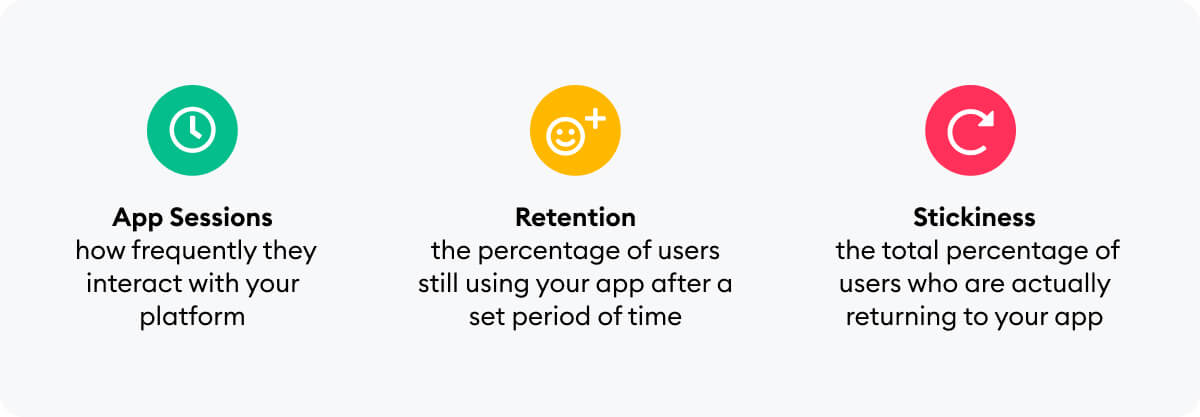
Key challenges in building and marketing an application
Psychological metrics will help you recognize when problems arise, but it's crucial to set in place a strong strategy first. To do so, one needs to know how to anticipate incoming challenges.
Many business owners assume that the steps for creating and marketing a successful digital product are the same for tangible products. However, there are several unique challenges to marketing an application to online communities:
You're up against a lot more competition
Since applications aren't tangible and can be accessed practically anywhere in the world, they're up against a lot more competition. Geological constraints don't apply, and you may find yourself fighting for market share.
You can't stop at customer acquisition
Whereas a single sale would be considered a win for some physical products, successful community apps are so because they retain members and keep them engaged. Stickiness is an ongoing effort, and product teams must put sufficient time and effort into acquiring users and keeping them around.
Your users' needs are always going to evolve
What your customers want now may not be what they need a year into the future, which means your product has to grow with them. Product teams have to pay attention to their online community members, communicating and spotting pain points to be solved.
The challenges of building and marketing apps generally boil down to people having so many options and moving on to something else relatively quickly. This is why there is so much value in an in-app community and building on the core psychological factors that make a digital product succeed.
Core characteristics of a successful digital product
Quite a few things go into digital products' success (or lack thereof)—particularly community building apps. These attributes are all driven by psychological behavior. Understanding what makes an application flourish helps product teams recognize how best to serve their user base and keep people coming back.
Adam Michela, previously a Facebook Product Design engineer and currently a founder and investor in several businesses, consolidates the characteristics of a successful digital product into five:
Desirability
A desirable digital product aligns with the values of its users who see it as attractive and beneficial. They consider it visually appealing and able enough to connect with a thought, feeling, or perception. Typically, this characteristic develops over time with persistent brand development efforts.
There are many indicators of desirability, with one of the most common being exclusivity. People want what they can't have. Limited accessibility is a strong motivator, and it can be a critical psychological component in influencing consumer behavior.
While desirability is often associated with luxury products, you can apply the same principle to any product. For an online community, exclusivity can look like paid, private membership sites or invite-only community platforms that allow members access to premium content.
How Clubhouse boosts desirability with exclusivity
Strong brand desirability takes time to achieve, but the results are astounding. Take Clubhouse, for instance. A combination of invite-only appeal and strategic hype makes this community app incredibly desirable. Community members often sign up because their friends offer them an invitation, and the trust between friends extends to the app. The community engagement features go further to promote loyalty and encourage a positive association.
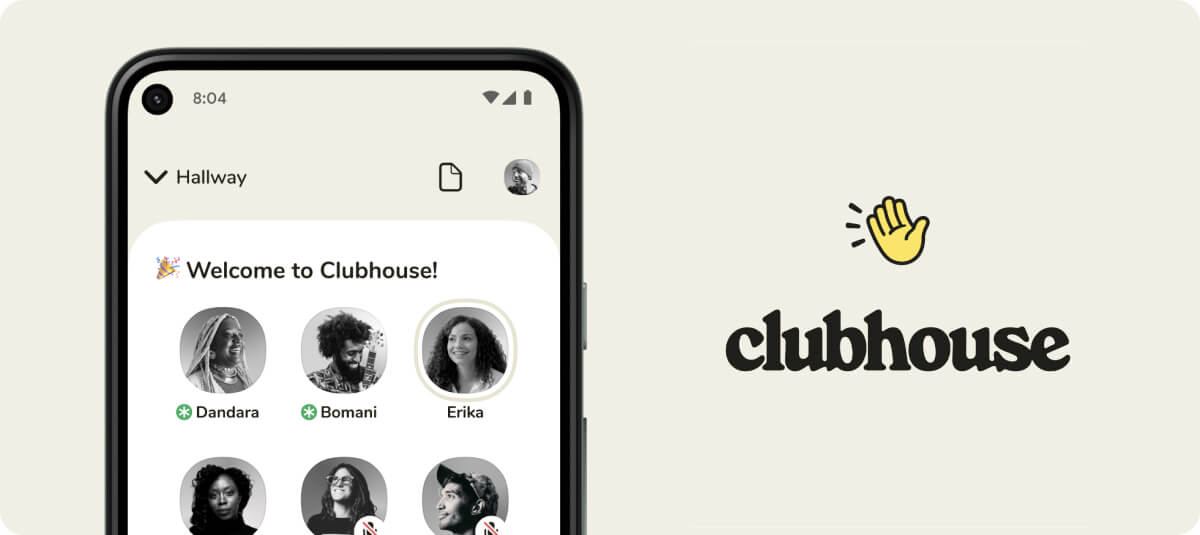
Community apps like Clubhouse also thrive on building FOMO. With more demand than supply, desirability skyrockets and outsiders fall over themselves for an opportunity to become a part of it.
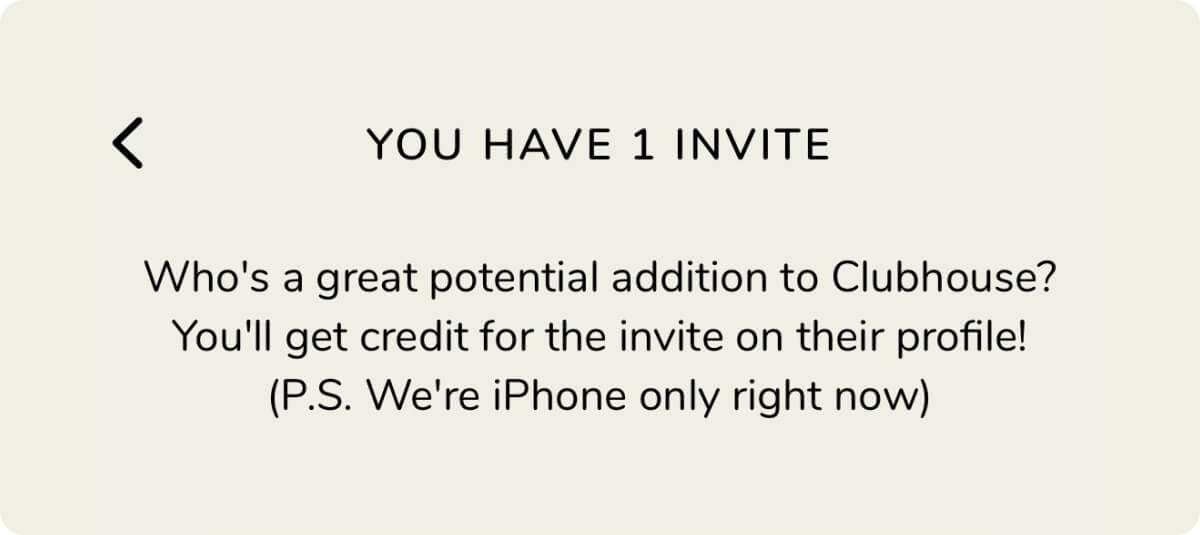
Usability
Just like physical products, digital products should be usable. Your audience should be able to understand how to use it relatively quickly. Beyond that, your application should be consistent, accessible, and localized.
How Starbucks caters to the crowd with incredible app usability
Starbucks has long held a spot on the list of most popular mobile payment apps in the U.S., and for a good reason! The application is built to provide a unique, personalized experience and cater to those who want to get their coffee fix in an easy, stress-free way.
Once a member launches the app, they can easily view their rewards, see current promotions, and place orders. Starbucks organizes the menu logically, ensuring even the least tech-savvy of us can order a cup of joe just the way we like it. Usability is clearly at the forefront of Starbucks' mind, and it isn't surprising that the app is considered the gold standard for restaurant UX.
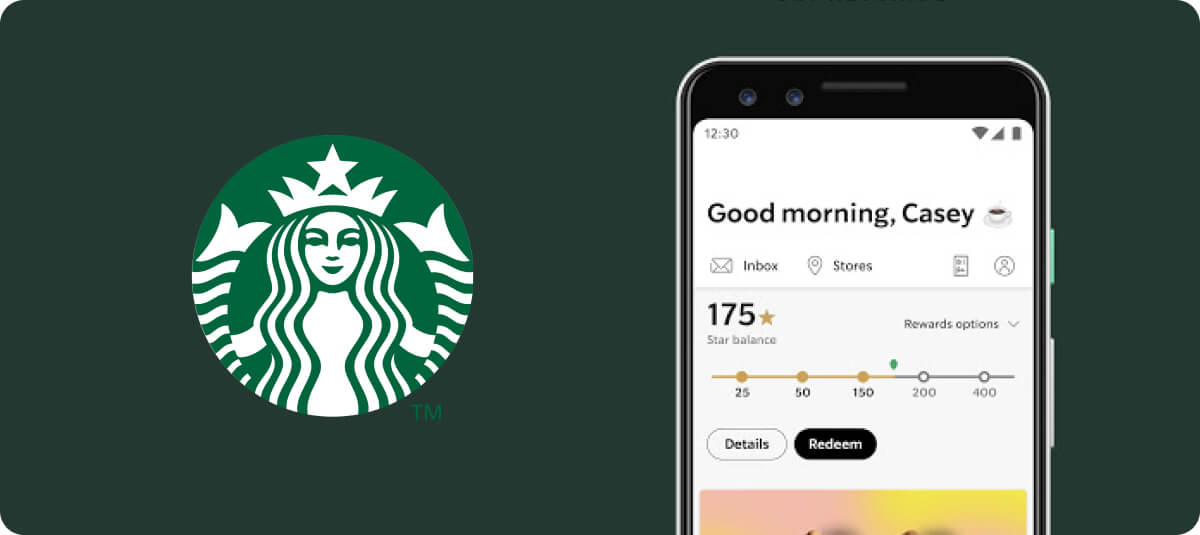
Utility
Every business sells a solution to something, be it a physical item, professional service, or digital product. Successful applications fill a need and do so conveniently and effectively.
Brands that survive the test of time are successful because they serve a purpose. The same is true for apps. However, the quickly evolving nature of applications means you need to make adjustments as users need change. What your customers wanted one year ago may not be what they want today, so recognizing how to offer more utility is crucial to creating the best community app design.
How TrueID adds utility with social features
Product management teams are always considering utility when launching new features, and TrueID's entertainment platform is an excellent example of what came out of this. Existing tools served the brand's primary goals, but members wanted more. As it became clear that users wanted a community-based mobile app that boosted excitement and interaction during events, TrueID chose to integrate Live Chat features with the help of social.plus.
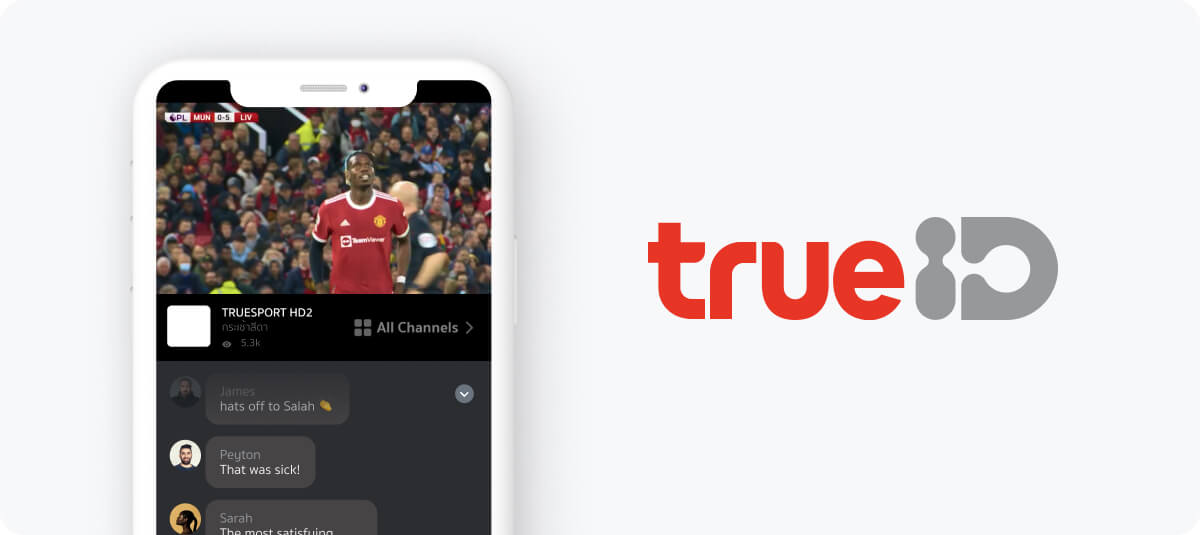
The decision paid off. The initiative to improve community engagement by integrating social features resulted in up to 3.85 million members using them every month, sending up to 700,000 messages and reactions.
Reliability
Most applications are built to fulfill a need at that moment, meaning that if they aren't able to do so, they'll quickly be replaced. Aside from fast loading speeds and a user-friendly interface, a mobile app can boost reliability by providing excellent customer support, such as with live support agents.
How Grubhub competes for the most surpassing reliability
The food delivery app industry is an excellent illustration of reliability. If you're hungry and looking to order a pizza but the application of your choice isn't working correctly, the chances that you'll switch to another platform to complete your order are high. Your need is in the now, and if it isn't reliable, the application is useless.
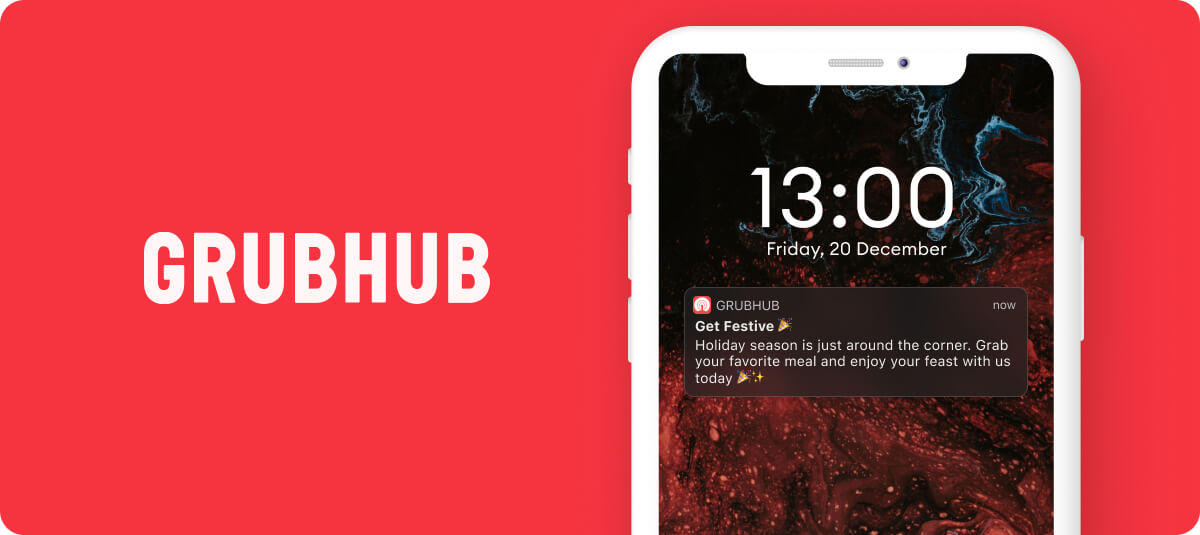
Grubhub is one of the most well-known food delivery apps, and they're always aiming to be the default option for everyone looking to order a meal—this becomes very clear when looking at the push notifications they use to prompt users to place an order. To do this, they place reliability at the forefront and provide live 24/7 customer support as well as content on their community platform. If you run into a problem with your order, the Grubhub team makes themselves available to assist, something you can't find with every app!
Efficiency
In our fast-paced world, we design technology to deliver solutions as soon as possible. The very same principle applies to applications and other digital products. If it isn't fast and able to complete the task it is created to do effectively, an app doesn't hold much value.
How Venmo makes sending money to a friend incredibly efficient
Venmo is one of the most popular peer-to-peer (P2P) payment apps today, and that's because it offers unmatched efficiency. Many traditional banking apps still require customers to input banking information to make a transfer manually. Venmo has an interface with two primary features: "Request" and "Pay"—it's simple and easy to understand even for those who aren't particularly skilled at using mobile apps.
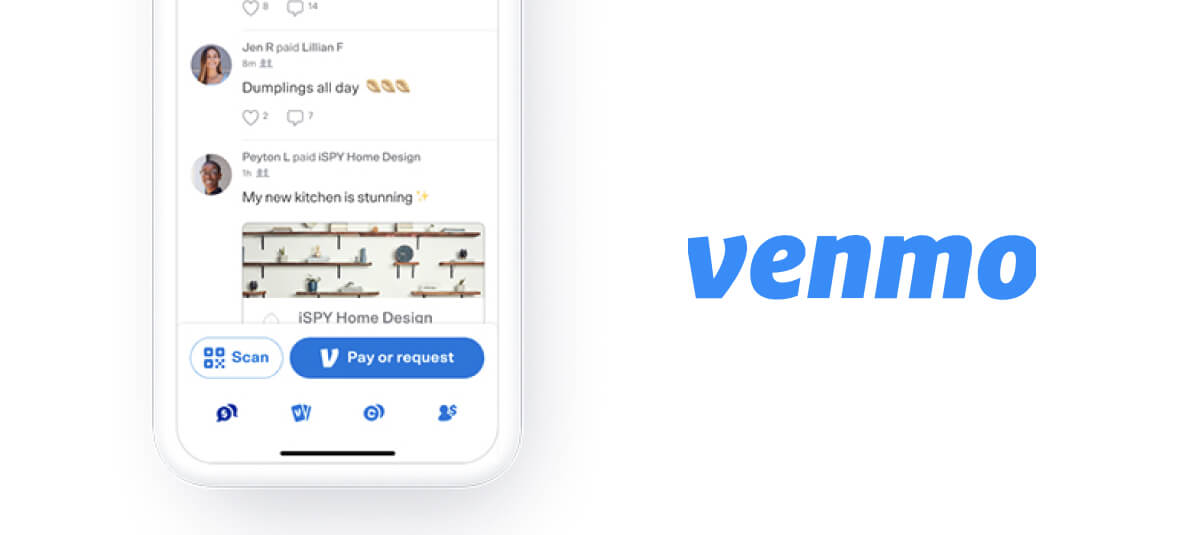
Aside from efficiency, Venmo has gained an edge by becoming a community-led app. It may not be primarily a social platform, but it certainly carves out its own community space for customers to share and interact with one another. The app's engagement features and its solution to efficiency are considered significant factors behind its tremendous user base and revenue growth over the past couple of years.
Community: The key to all successful applications
Knowing that a successful app is desirable, usable, valuable, reliable, and efficient is all well and good, but what can you do to create an application that truly takes off? The answer is simple: build a community.
Industry professionals widely acknowledge the value of branded communities, reporting a positive impact on customer retention, lead generation, and even sales. A dedicated community improves all core characteristics of successful digital products, particularly in the following ways:
Offers more value with user-generated content
Peer-generated content can be game-changing given the incredible host of people using online community apps to share information, ideas, and experiences with like-minded people. Aside from creating posts themselves, members can also interact using likes, reactions, and comments. Doing this is psychologically rewarding for both the person initiating the conversation and the responding user.
Community-created content is also an excellent opportunity to enhance online self-service. Since utility is a primary component of a successful app, enhancing and complementing your users' ability to easily search for what they need improves the experience for those who don't want to speak to an agent for support.

Creates a space for meaningful social bonds
Most people online look for others that share similar interests and values. Integrating community features that allow for customer interaction and encourage members to join like-minded interest groups means making space to make real connections—a core psychological desire.
Human connection significantly enhances the stickiness of a product, and making room for those bonds to be made in your community can tremendously boost retention with little effort on your part.

Allows members to be themselves without fear of judgment
Just as consumers look for authentic brands to engage with, they seek spaces where they can be themselves. The best community apps make safety a priority. The psychological desire to be accepted without fear of judgment is another one that you can leverage by creating a community app where people are surrounded by like-minded individuals they trust.
The trust factor gives an exclusive community platform an edge over social media platforms like Facebook, which does not allow total control over shared content. Without nearly as much pressure to maintain a picture-perfect self-image, members can focus on one thing: participating in your community app.

Create a community-driven app with social.plus Social Cloud
An in-app community may be the one thing your application needs to keep people coming back for more. However, if it isn't an app built specifically to be an online community, you may struggle to create your own community app. That's where we come in.
social.plus is a complete suite of Software Development Kits (SDKs) that can equip your app with all the social features It may need. Our modules are easy to integrate and customize, meaning you can provide users with the entire community-building experience in a fraction of the time it would take to develop from scratch.
The votes are in, and one thing is clear: human connection is the key to a long-lasting digital product. However, that doesn't mean you should reroute all of your product team resources to community features like in-app chat and live streaming features. Integrating social.plus's social SDKs means you can continue prioritizing your products' core functionality while watching your community members connect and grow.
Creating and maintaining a safe community app is one of the best things you can do for your brand. If you haven't begun building an online community, it's time to get started!


